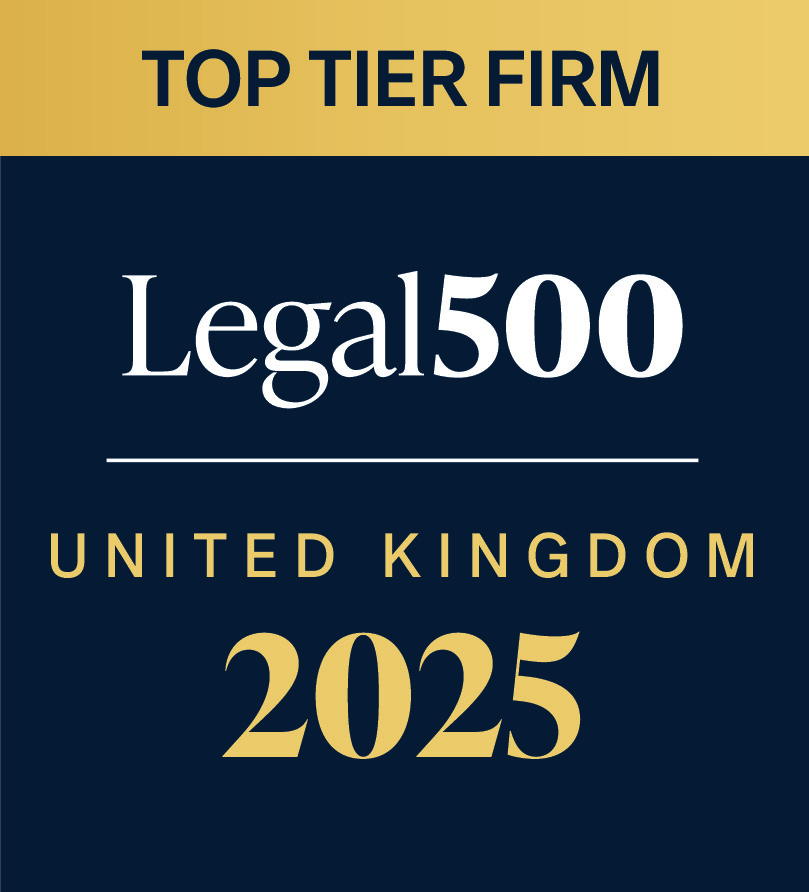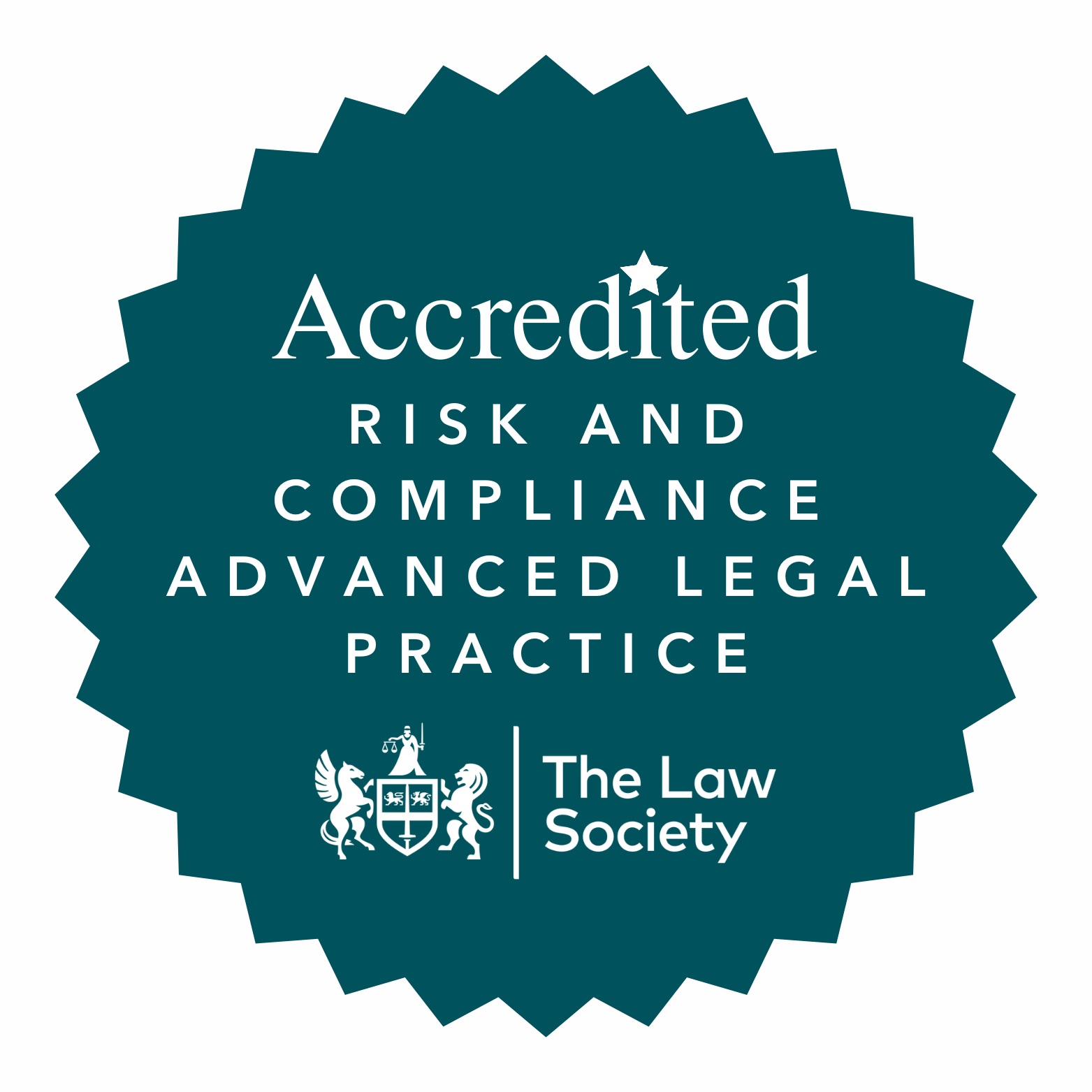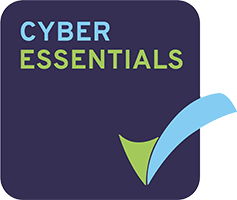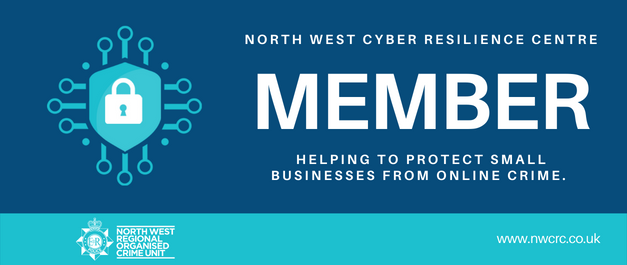DTM Legal’s Edward Barnes takes a look at the risks posed by the Internet on intellectual property, and offers tips on how to protect against trade mark infringement.
When Bill Gates said “If your business is not on the internet, then your business will be out of business”, he was not far off the mark. The power of the internet for any business, big or small, is undeniable, offering the chance to extend its reach beyond the confinements of its location. But the internet also poses a significant risk to the ideas and identity at the heart of a business and often the source of its success, namely its intellectual property.
A recent study conducted by the Federation for Small Business (FSB) found that many Small-Medium sized Enterprises (SMEs) are struggling to protect their intellectual property, with a quarter reporting some kind of infringement. The majority of breaches relate to the copying of products and designs by rivals, unauthorised use of copyrighted work and trademark infringements.
The Internet Black Hole
It cannot be denied that for many SMEs the internet is a potentially lucrative platform upon which to advertise services and make business connections. It is not surprising then to find that one-third of those interviewed by the FSB reported between 75% and 100% of their revenue rests on their intellectual property and internet presence. But once website content, branding and product information has entered cyberspace, what control does a business have over its use?
The internet giant Google is no stranger to the power of branding, with its name being so commonly used that it is now recognised in the Oxford English dictionary. Last year alone, Google received 345 million requests to remove links to copyrighted content, a stark increase from 2008 when just 68 requests were received.
Despite the increasing number of infringements, 29% of firms in the FSB’s study which reported violation took no action at all due to concerns about the costs involved and lack of certainty on how to proceed.
The Government has made efforts to address the issue through the introduction of the Intellectual Property and Enterprise Court Small Claims Track and mediation service, which is run by the Intellectual Property Organisation. This service is aimed directly at SMEs who are most at risk of infringement.
So what practical steps can a business take to protect itself against trade mark infringement?
1. Insurance
Most companies insure their business premises and stock as a matter of course, but surprisingly fail to insure their intellectual property, which is often of a higher value and is irreplaceable. Insurance policies are widely available which enable businesses to take action against future infringement. Intellectual property litigation is inherently protracted and costly. Insurance policies offer protection against legal fees and loss mitigation measures, such as counter-claims and product recalls.
2. Register a Trade Mark
Registering a trade mark creates a badge of origin identified by name, slogan or logo. Many memorable, and as a result, successful trademarks, are based on a symbol alone such as Apple and Mercedes-Benz. The process for applying for a trade mark is very straightforward, and can be done online through the Intellectual Property Office website.
However, applications are often denied on the basis that the name is generic or too descriptive. Once registered, the trade mark confers a great deal of protection and any unauthorised use in the course of trade will be actionable.
3. Patents
Patents can be used to protect not just inventions, but also ideas and concepts. Unfortunately, they are less easily attainable for SMEs due to lengthy application process and lack of recognition in other territories. Due to the nature of the application, any business with a potentially patentable product should seek expert legal advice.
4. Copyright
All businesses should indicate their exclusivity through use of a copyright symbol (©). Even if a business has done very little by way of protection, its brands and website material/content are often covered by copyright which arises automatically without the need for any form of registration. Provided that the work itself is original, it is likely to be protected by copyright which is recognised globally.
5. Keep it Confidential
Often the most valuable asset of a business is its intangible know-how, which is difficult to protect and is often reliant on the law of confidentiality. One of the most famous uses of confidentiality is the top-secret Coca-Cola recipe which has remained confidential since its creation in 1925. Whether it is the recipe to the next fizzy drink sensation, or confidential information relating to trade, clients and employees, the law of confidentiality offers a degree of protection. This can be reinforced through confidentiality agreements or non-disclosure agreements which are a more effective method of ensuring that such information is adequately protected.
As it becomes increasingly difficult for the UK to compete in manufacturing and exports, the ‘knowledge economy’ is becoming increasingly important to our economic success. With innovative concepts and designs being the driving force of this economy, theft and infringement of ideas, patents and brands will not only cost SMEs, but also diminish their appetite to invest in their businesses. Whilst it may be impossible to prevent future infringements by competitors, by taking some simple steps SMEs can certainly limit their exposure to risk.
For advice on intellectual property, patents, trademarks and protecting your identity please contact Edward Barnes at edward.barnes@dtmlegal.com or call him on 01244 354800






